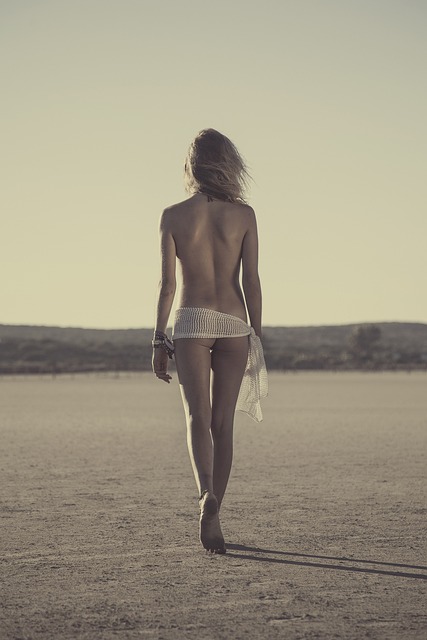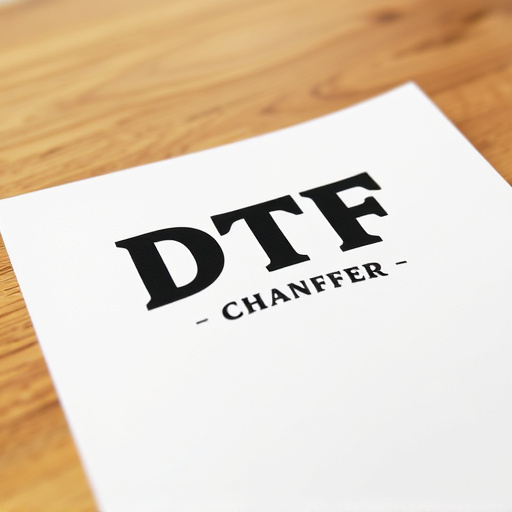Direct-to-Film (DTF) transfers are revolutionizing graphic applications by directly printing onto surfaces like vinyl and fabric, eliminating intermediate layers. This technology offers exceptional quality, color accuracy, and versatility, making it popular among creatives for projects ranging from clothing to home decor. Heat settings for DTF transfers depend on factors like film type, surface material, transfer thickness, and environmental conditions. Preheating the heat press between 300°F to 400°F (149°C to 204°C) is essential before applying a transfer, followed by proper workspace preparation. Optimizing temperature and time based on film type ensures vibrant, long-lasting results. Post-heating care involves gradual cooling and removing excess material for an impressive, seamless finish.
Looking to perfect your direct-to-film (DTF) transfers? This comprehensive guide breaks down everything you need to know about achieving crisp, long-lasting results. From understanding the basics of DTF transfers to optimizing heat settings for various film types, we cover it all. Learn effective preheating techniques, avoid common mistakes, and discover essential post-heating care tips. Master the art of DTF transfers and elevate your DIY projects to the next level.
- Understanding Direct-to-Film (DTF) Transfers: A Brief Overview
- Factors Influencing Heat Settings for DTF Transfers
- Preheating and Preparation Techniques
- Optimizing Temperature and Time for Different Film Types
- Common Mistakes to Avoid During the Heating Process
- Post-Heating Care and Final Touches
Understanding Direct-to-Film (DTF) Transfers: A Brief Overview

Direct-to-Film (DTF) transfers are a cutting-edge method in the world of graphic applications, offering a seamless fusion of designs and surfaces. This innovative technique involves transferring printed images directly onto various materials, such as vinyl or fabric, eliminating the need for traditional intermediate layers. DTF Transfers are particularly popular among creatives due to their exceptional quality and versatility.
With DTF technology, printers can achieve remarkable detail and color accuracy, ensuring that the final product matches the digital design perfectly. This method streamlines the production process, making it efficient for both small-scale and large-format printing projects. Whether applied to clothing, signage, or even home decor, DTF Transfers add a dynamic and contemporary touch, captivating folks with their vibrant, direct-to-surface prints.
Factors Influencing Heat Settings for DTF Transfers

Heat settings for applying direct-to-film (DTF) transfers are influenced by several key factors. The first is the type of film being used, as different materials have varying heat requirements to ensure optimal adhesion and durability. Another critical factor is the surface onto which the transfer is applied—material, texture, and even pre-existing coatings can significantly affect heat transfer efficiency. Additionally, the thickness of the transfer itself plays a role; thinner transfers may require lower temperatures to prevent damage while thicker ones might necessitate higher heats for proper activation. Environmental conditions, such as humidity and air temperature, also come into play, as these can impact both the film’s behavior during application and the overall drying process.
Preheating and Preparation Techniques

Before applying any direct-to-film (DTF) transfer, preheating the film and preparing your workspace are crucial steps. Start by setting your heat press to the appropriate temperature, which varies depending on the type of DTF you’re using. Generally, most films require a range between 300°F to 400°F (149°C to 204°C). Preheating ensures that the film is at the optimal temperature for application, enhancing adhesion and transfer quality.
Prepare your workspace by laying out all necessary materials: the DTF transfer, the substrate you’re applying it to, heat-resistant gloves, and any cleaning solutions. Ensure your hands are protected with gloves during the process. Keep your work area clean and free from debris or dust, as these can interfere with the transfer’s precision and adhesion. Proper preparation is key to achieving crisp, professional results when working with DTF transfers.
Optimizing Temperature and Time for Different Film Types
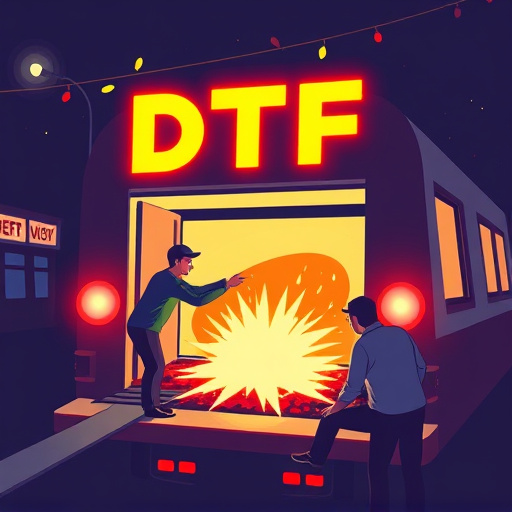
When applying direct-to-film (DTF) transfers, optimizing temperature and time is key to achieving crisp results for various film types. Different films have distinct characteristics, requiring tailored settings for optimal performance. For instance, heat-sensitive films may require lower temperatures and shorter durations to prevent damage, while durable, high-quality films can withstand higher heats for more extended periods.
It’s essential to consult the manufacturer’s guidelines for recommended settings as a starting point. Adjusting temperature in increments of 5°C and time by 30 seconds can significantly impact the outcome. Experimentation is beneficial; monitoring the film during the process ensures you capture the ideal balance between heat and time, resulting in vibrant, long-lasting DTF transfers.
Common Mistakes to Avoid During the Heating Process
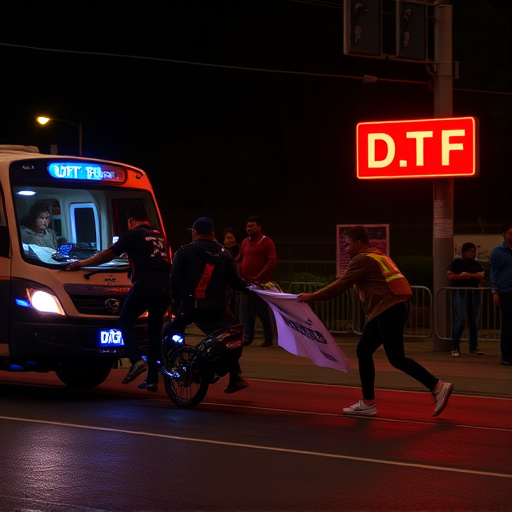
When applying direct-to-film (DTF) transfers, heating is a critical step that requires precision to achieve optimal results. Common mistakes often occur due to lack of attention or improper techniques. One of the most frequent blunders is overheating, which can cause the transfer film to become distorted or even burn the original surface. Always monitor the heat level closely and adjust as needed to prevent this issue.
Another mistake is not preheating the substrate adequately. Insufficient preheating may result in an uneven bond between the transfer and the base material. Ensure your substrate is properly heated before applying the DTF transfer to guarantee a secure and seamless finish.
Post-Heating Care and Final Touches
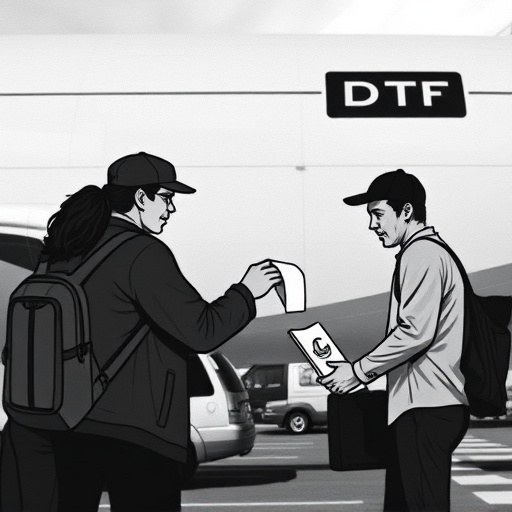
After applying a Direct-to-Film (DTF) transfer, proper post-heating care is essential to ensure the longevity and quality of your work. Allow the film to cool down gradually to prevent sudden temperature changes from causing warping or bubbles. Once cooled, carefully remove any excess heat transfer material or adhesive residue with a soft cloth or brush. This meticulous step ensures a crisp and clean finish.
To achieve final touches, consider light pressing or lightly ironing the transferred area to secure it further. Ensure low heat settings to avoid damaging the substrate or the DTF transfer itself. This gentle approach helps create a seamless blend between the film and the surface, resulting in an impressive, long-lasting effect.




